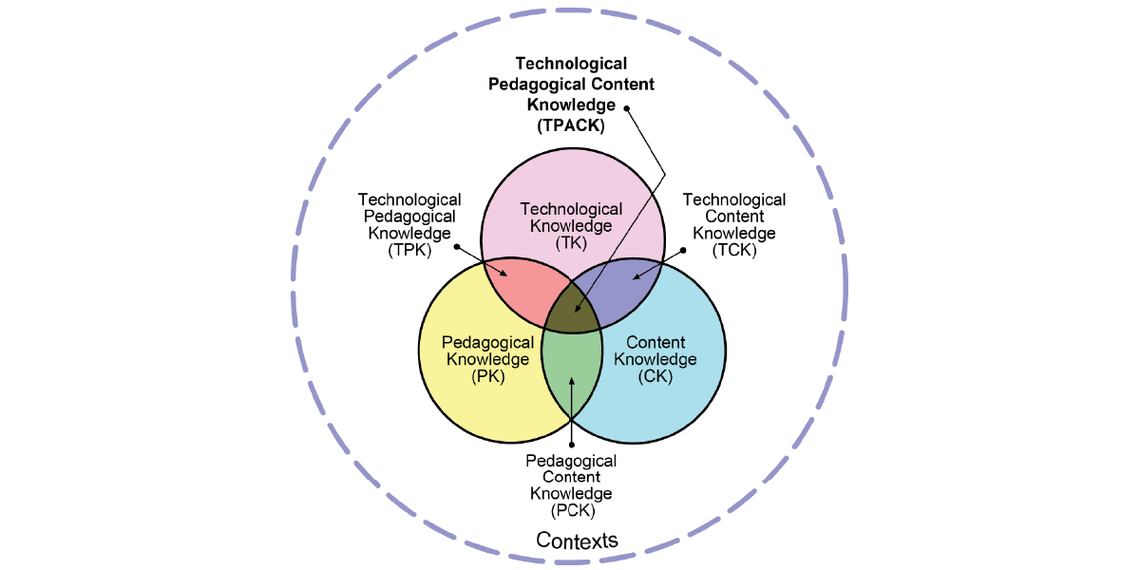
Technology is integral to the modern educational landscape. This article serves as the introductory piece and summary to a series that delves deeper into the multifaceted relationship between technology and education. We will explore the myriad ways in which technology can be leveraged to enhance teaching and learning, focusing on aligning technological tools with pedagogical objectives. Subsequent articles will expand on the frameworks and strategies introduced here, offering educators a comprehensive guide to effective technology integration in their classrooms.
As Sir Kevan Collins wisely stated, “Technology itself is unlikely to improve young people’s learning, but the pedagogy behind it can.” This quote perfectly encapsulates the essence of effectively integrating technology in education. While technology offers a vast array of resources and opportunities, its mere presence in the classroom doesn’t guarantee effective instruction. To truly harness the power of technology, educators must intentionally align its use with their pedagogical goals and learning outcomes. This article explores crucial aspects of selecting and implementing technology in education, providing a framework for educators to make informed decisions that maximise the benefits of technology for their students.
Understanding the Importance of Alignment
Integrating technology effectively requires a thoughtful approach that goes beyond simply using technology for the sake of it. Aligning technology with teaching and learning objectives is crucial because it ensures that technology serves a clear pedagogical purpose and contributes to meaningful learning experiences. When technology is used strategically, it can:
- Enhance student engagement: Interactive simulations, multimedia presentations, and gamified learning platforms can capture students’ attention and make learning more enjoyable. For example, one case study found that students were more motivated and engaged in learning when technology was incorporated into their lessons.
- Facilitate personalised learning: Adaptive learning technologies and online platforms allow students to learn at their own pace and receive tailored instruction based on their individual needs.
- Promote collaboration and communication: Technology provides tools for students to work together on projects, share ideas, and communicate with their teachers and peers in new and innovative ways.
- Provide access to diverse resources: The internet offers a wealth of information and learning materials that can supplement traditional textbooks and classroom activities.
- Develop 21st century skills: Technology integration can help students develop critical thinking, problem solving, and digital literacy skills that are essential for success in the modern world.
- Empower students to track their own progress: Technology can provide students with tools to monitor their learning, set goals, and reflect on their achievements.
- Streamline the alignment of learning objectives: Learning Management Systems (LMS) offer features that can help educators create, present, store, and manage learning content in a way that is aligned with their learning objectives.
- Centralise resources and support curriculum goals: Student portals can provide a central hub for students to access grades, feedback, study guides, and other resources.
Frameworks for Selecting and Implementing Technology
Several frameworks can guide educators in choosing and implementing technology effectively. Educators can effectively select and implement technology using a variety of frameworks, with two of the most widely used and recognised being the Technological Pedagogical Content Knowledge (TPACK) framework and the Substitution Augmentation Modification Transformation (SAMR) model.
- TPACK (Technological Pedagogical Content Knowledge): The TPACK framework emphasises the interconnectedness of technology, pedagogy, and content knowledge.

- SAMR (Substitution, Augmentation, Modification, Redefinition): The SAMR model provides a hierarchy of technology integration, ranging from simple substitution of traditional tools to redefinition of learning experiences.

Choosing the Right Technology
When selecting technology for the classroom, educators should consider the following factors:
- Learning Objectives: Start by identifying the specific learning objectives you want to achieve. What knowledge and skills do you want your students to acquire? How can technology help them achieve those goals?
- Pedagogical Approaches: Consider your teaching style and preferred pedagogical approaches.
- Student Needs: Take into account the diverse learning styles and needs of your students.
- Accessibility: Ensure that the technology is accessible to all students, including those with disabilities.
- Ease of Use: Choose technology that is user friendly and easy for both you and your students to learn and use.
- Support and Resources: Select technology that is supported by your school or district.
- Cost and Sustainability: Consider the cost of the technology, including initial purchase price, ongoing maintenance, and potential upgrades.
Assessing the Effectiveness of Technology Use
To ensure that technology is being used effectively, it’s essential to assess its impact on student learning. Some strategies for evaluating technology integration include:
- Analysing student performance data: Track student progress on assessments and assignments to see if technology is contributing to improved learning outcomes.
- Collecting student feedback: Use surveys and focus groups to gather student perspectives on the effectiveness of technology in their learning.
- Observing classroom practices: Observe how teachers are using technology in the classroom and provide feedback on their integration strategies.
- Considering teacher efficacy and accessibility: Evaluate how well teachers are using technology and whether it is accessible to all students. These factors are crucial for successful technology integration.
Technology has the potential to revolutionise teaching and learning, but it requires careful planning and implementation. By aligning technology with teaching and learning objectives, educators can ensure that technology serves a meaningful purpose and contributes to student success. The frameworks, strategies, and resources discussed in this article provide a guide for educators to navigate the complex world of educational technology and make informed decisions that empower their students.
Stay tuned for upcoming articles in this series, where we will dive deeper into specific aspects of technology integration in education. To be notified when new articles are published, I encourage you to follow me on LinkedIn and subscribe to my newsletter.
Subscribe to my newsletter
 Need a professional advisor ?
Need a professional advisor ?
Leave a Reply